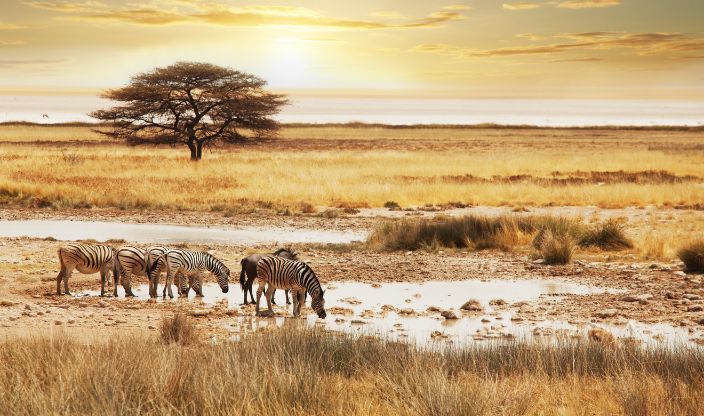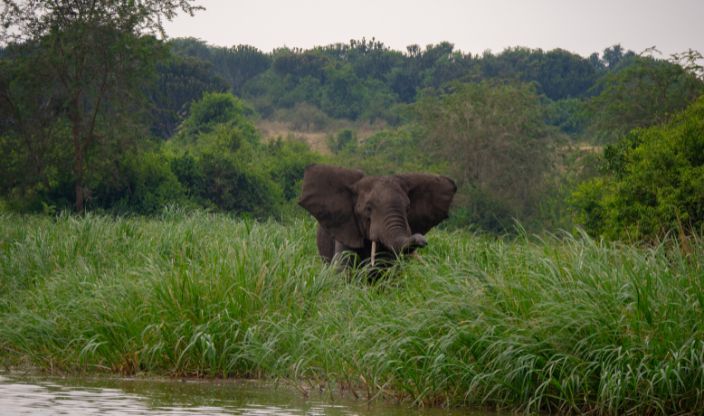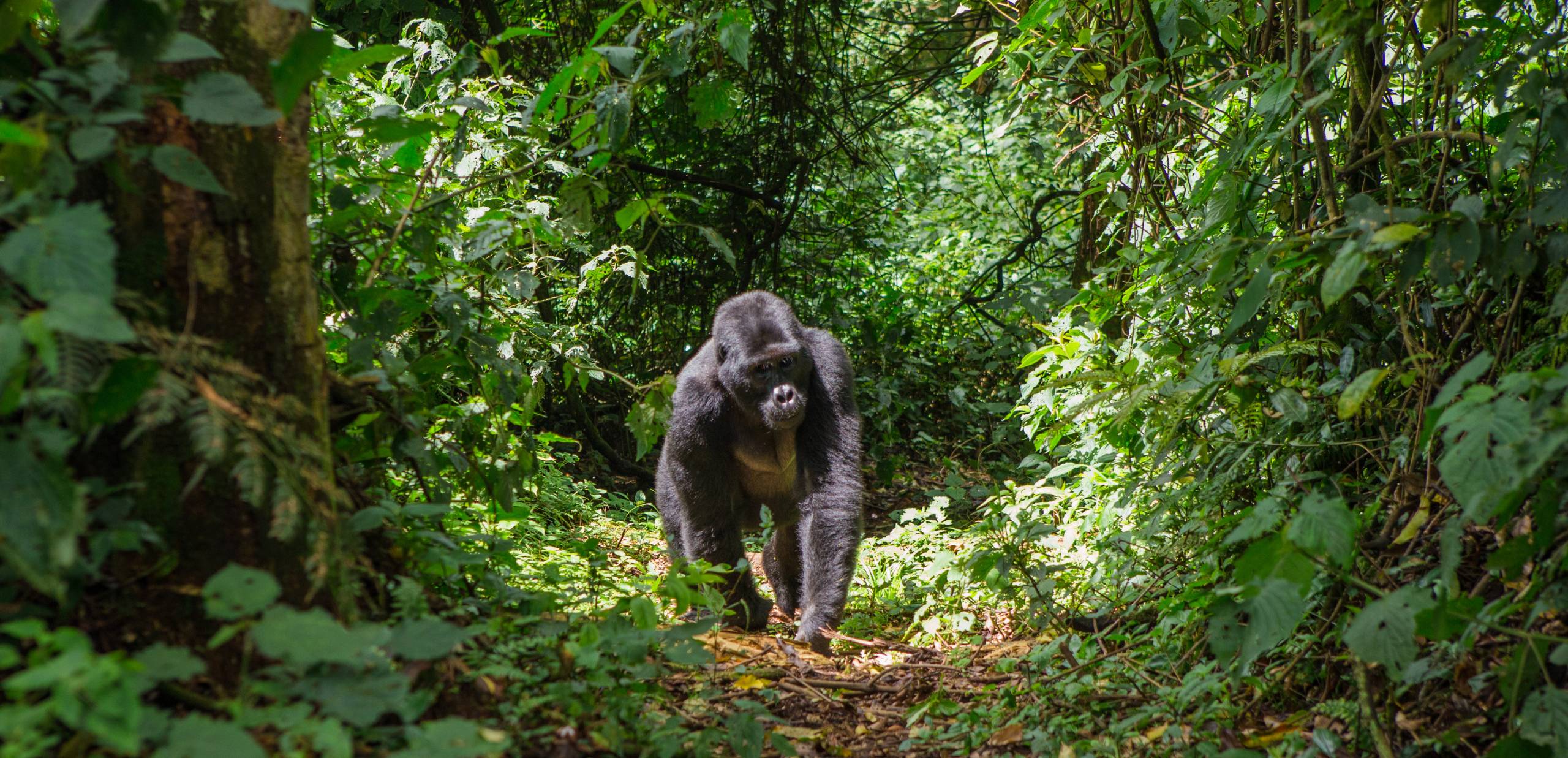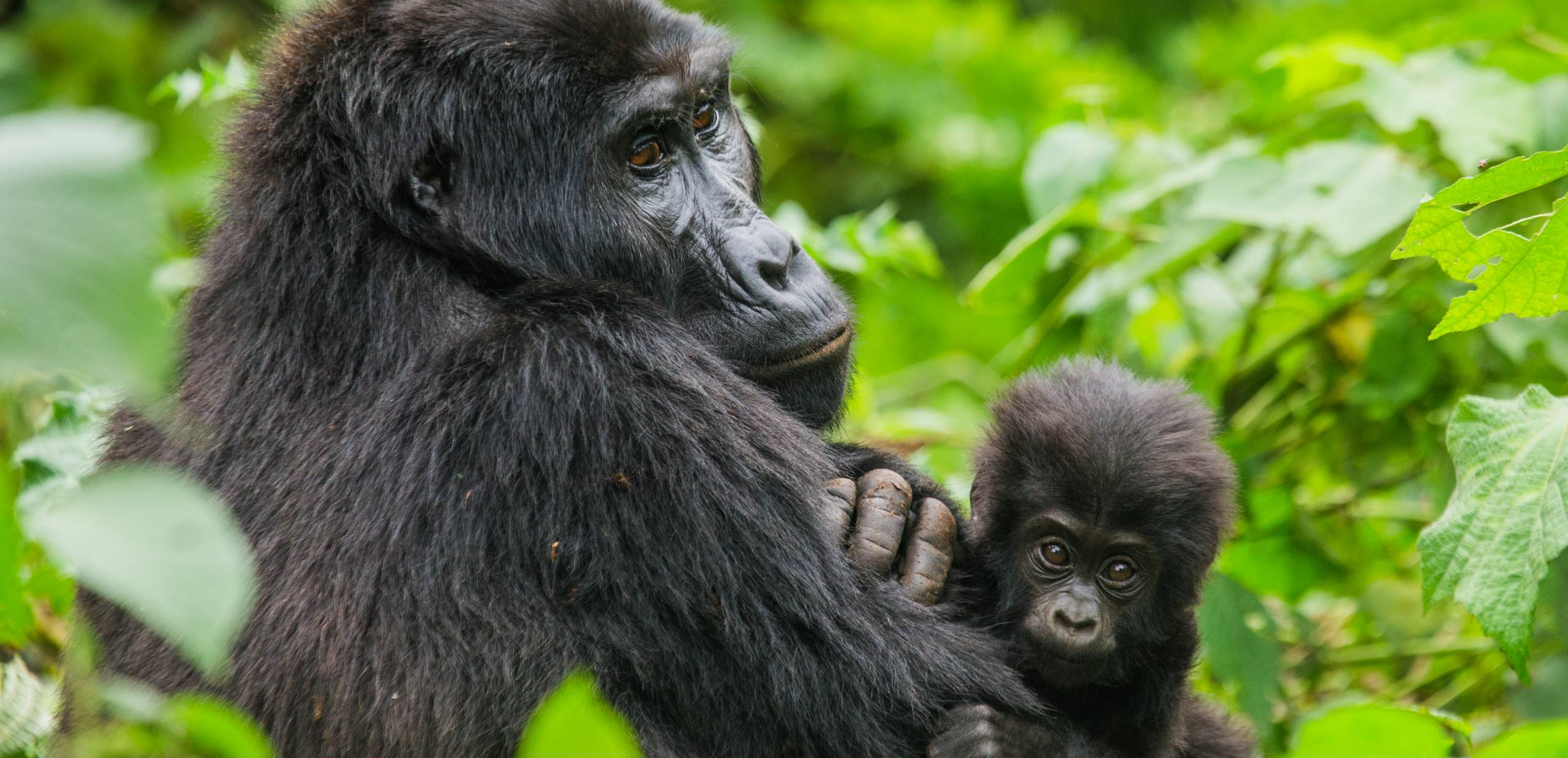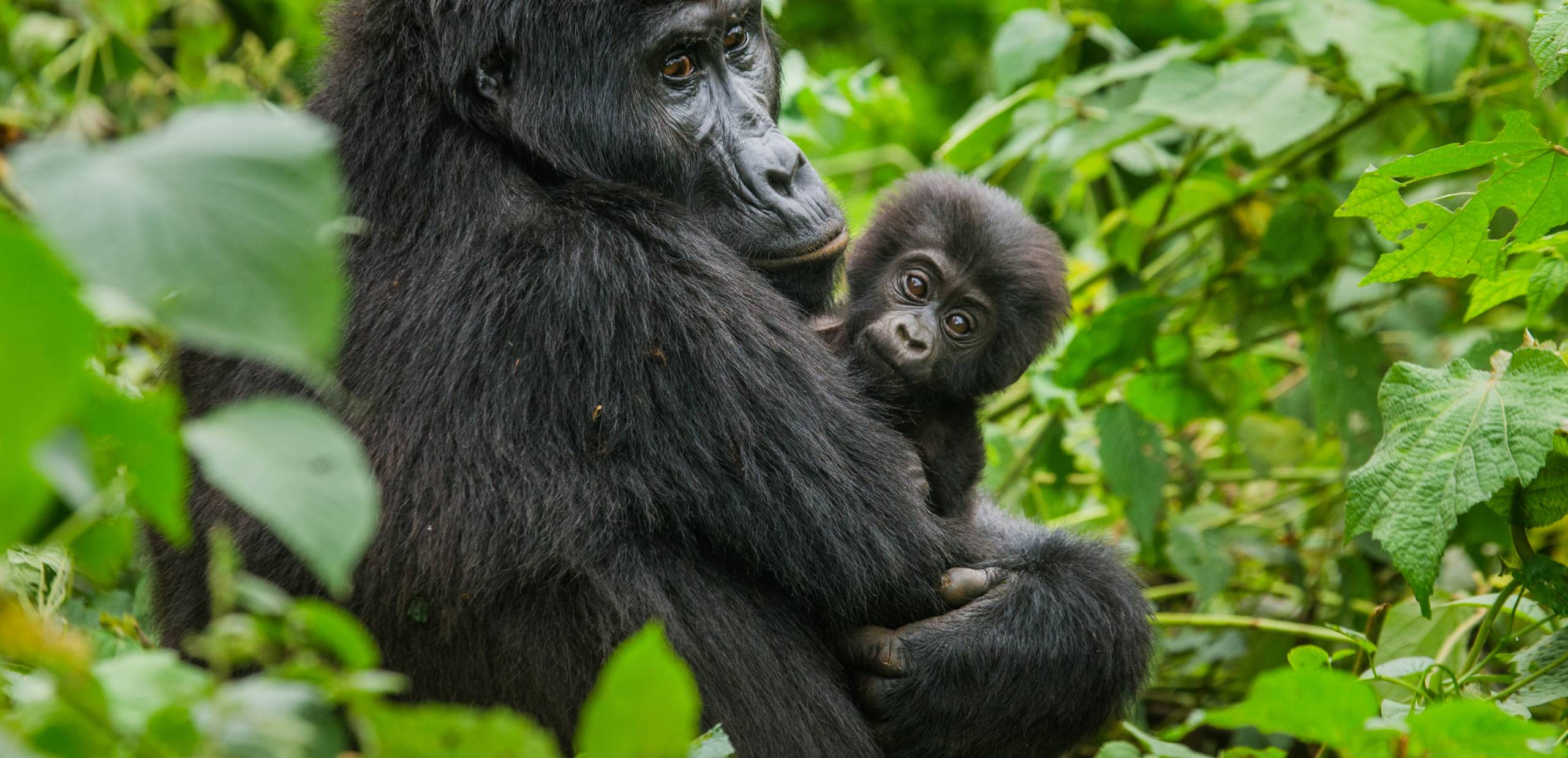Introducing Uganda
Uganda, dubbed the “Pearl of Africa” by Sir Winston Churchill, offers a wide variety of spectacular sights and one-of-a-kind experiences that are exclusive to the country. In addition to mountain gorilla hiking, Uganda also allows visitors to simultaneously stand in hemispheres as the equator cuts through it.
Uganda is home to incredible wildlife, majestic waterfalls, expansive lakes, a rich culture, and adrenaline-pumping activities, and is characterised by its well-known red soil, verdant hills, and impressive Lake Victoria. Visit Uganda’s western national parks to see primates in their natural habitat or the isolated, tribal mountains of the east for breath-taking vistas and unforgettable walking excursions.
Africa’s continent is home to the nation of Uganda. Uganda, located in eastern Africa, is encircled by land. Uganda is bordered by four other nations in Africa. Sudan shares a border with Uganda in the north. Uganda’s eastern border is with Kenya, and its western border is with the Congo. Lake Victoria and Tanzania both border Uganda on its southern side. The country is made of 81.7% land and 18.3% water.
The two dry seasons in Uganda—December through February and June through August—are the finest times to travel there because they offer the best opportunities for hiking to view mountain gorillas and chimpanzees.
This time of year, along with February and March, is also favourable for observing wildlife in national parks. From late September through the beginning of October, waterholes are frequented by large populations of wildlife.
Ugandan cuisine has a variety of regional specialties that draw on flavours from the Arabic, Asian, and English countries. Since the nation is primarily agricultural, its cuisine uses high-quality ingredients, which results in dishes that are both delicious and nutritious. There are many different types of ingredients, including fish, several kinds of meat, yucca, soy, vegetables, and other food including fruits and nuts. One of their most famous dishes is Matoke. It consists of a chicken and green banana stew that has been spiced up. To prepare this dish, a puree produced from bananas is combined with chicken and various vegetables. Other notable dishes you will find may be slightly unusual including fried white ants found in food markets and fried grasshoppers.
Before the Bantu people arrived and brought with them more advanced abilities, Ugandans were foragers. At the same period, the Buganda ruled central Uganda, while the Bunyoro Kingdom seized control of the northern region. Arab traders began to arrive in the 1830s, while British explorers who were searching for the Nile River’s source arrived in the 1860s. It became the British Protectorate of Uganda in 1894 after Protestant and Catholic missionaries arrived there in the late 1870s. Initially, just the Buganda kingdom was controlled by the British, but this quickly spread to include the whole of Uganda. The Buganda people assisted the British as they seized control of other kingdoms by performing administrative tasks including collecting taxes from neighbouring tribes. In 1962 Uganda declared its independence from British rule and became a Commonwealth country.
Although Uganda is a very family-friendly destination for safari travel, please be informed that the main attraction, mountain gorilla tracking, is only open to those who are at least 15 years old. Aside from viewing gorillas, Uganda offers a wide range of family-friendly activities, including thrilling wildlife excursions in Murchison National Park and visits to the magnificent Murchison Falls. If your kids are interested in nature and activity, Uganda is the place to go. There is also the Ngamba Chimp Sanctuary and a variety of family-friendly activities to enjoy along the Nile. Any family visiting Uganda will an amazing holiday since the people are so hospitable.
Recommended Uganda Specialists
Top Locations in Uganda
